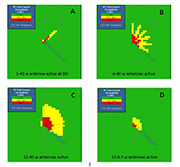The telecommunications industry is growing rapidly. In the United States, the Federal Communications Commission has issued new, more stringent regulations for RF radiation. Worldwide, there is an increasing awareness and concern over this issue. The rapid growth of the wireless communications industry has been the focus of many of these concerns.
Finding suitable antenna sites is becoming increasingly more difficult due both to the proliferation of services and antennas and the concerns of the public. Today, it is not uncommon for sites to contain literally dozens of antennas including cellular, PCS, paging, SMR, and traditional two-way radio. In some instances, high power radio and television broadcast may be co-located at the site.
While most of these telecommunications services are not especially high powered, the increasingly common high density of antennas at a site, low antenna mounting heights, and the frequent need for personnel to work in the near vicinity of these antennas too often result in personnel being exposed to high RF fields.
The purpose of this 32 minute video is to provide practical guidance on measuring RF fields at telecommunications antenna sites. The goal is to obtain the most accurate and meaningful data for assessing potential RF exposure levels for certifying site compliance with RF exposure limits. The video shows you how to conduct your own RF survey at your antenna site.
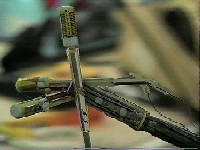
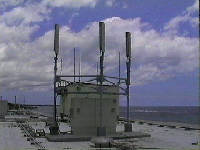
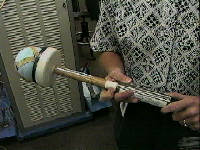
Topics covered:
Units of Measure
Shaped Frequency Response Probes versus Traditional Flat
Frequency Response Probes
Measurement Uncertainty and Correction Factors
Analog versus Digital Meters
Connecting and Zeroing the Probe
Checking Probe Functionality
Beginning to Make Measurements
Identifying High Level Areas First
Spatial Averaging Techniques
Using the Maximum Hold Feature
Impact of the Human Body on Field Measurements.
Use of NARDAlert Personal Monitor
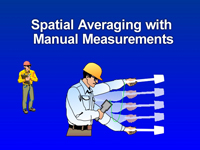
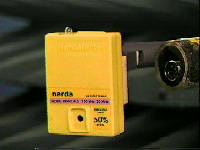
Currently available in English only.
Made in the USA
MPN/SKU RFFMVDVDE
